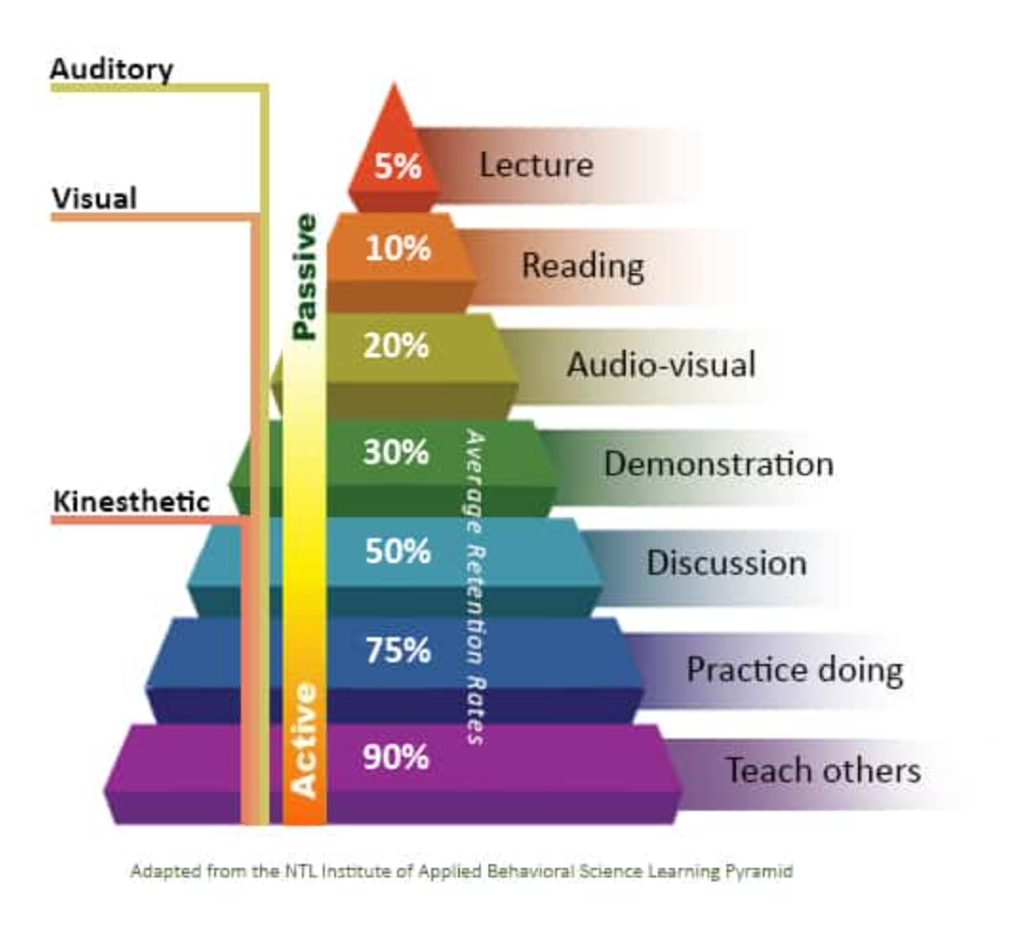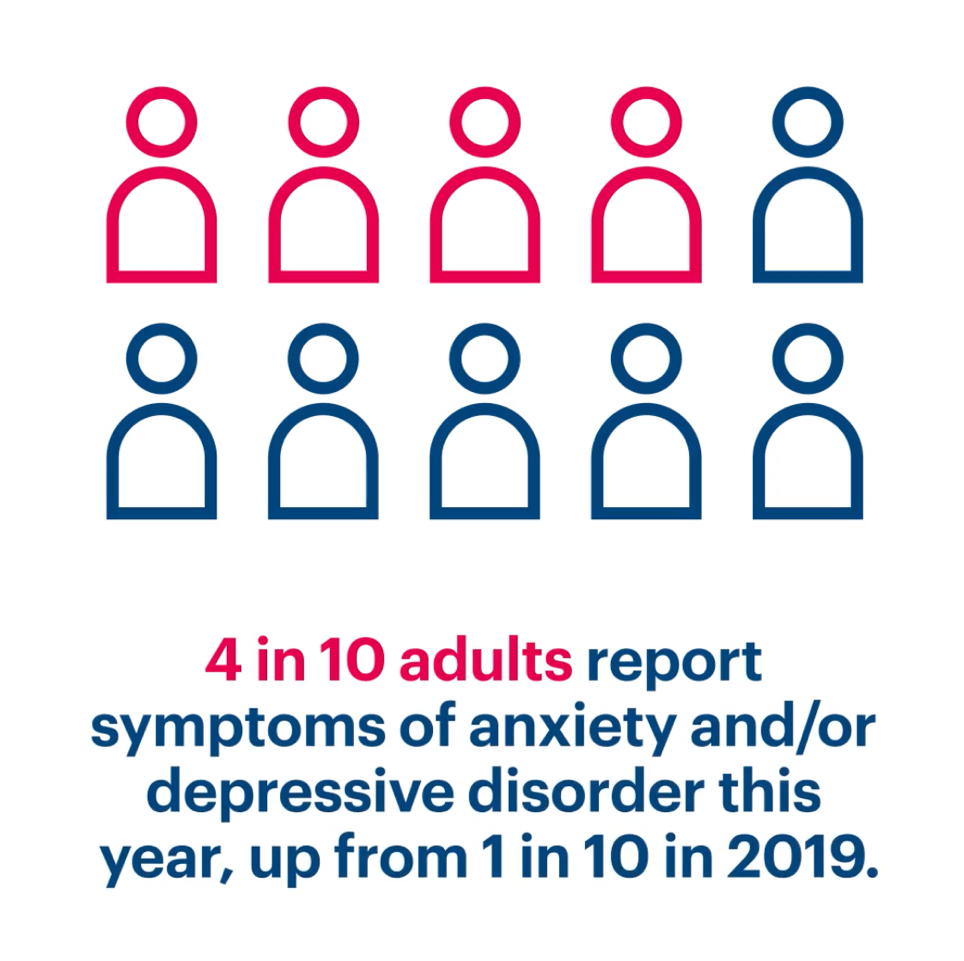3 types of medical presentations (and how to give them)

With your long to-do list as a medical professional, giving presentations is probably not a high priority. Yet, medical presentations are inevitable. Are you ready to give them when your job requires it? If so, where do you even start?
We want to make it a little easier for you to present data-heavy medical topics in an easy-to-understand way.
So, let’s dive right in with the top three types of medical presentations.
Key Takeaways:
- Structure your medical presentation into a story to make it memorable.
- Medical presentations can be lectures, research, or case presentations.
- Customize the presentation based on the type and goal.
1. Lectures
Medical lectures educate an audience about a medical topic. They’re one of the most challenging presentations. According to the Learning Pyramid, lectures are the most passive learning techniques, which is also why they have the lowest retention rates.

There are several settings for educational lectures, including:
- Conferences
- Training
- University or school lectures
Medical lectures help students or an audience comprehend complex medical information and then turn what they learned into actionable strategies.
For example, you may teach students with little medical knowledge about a new medical concept. But they must understand the topic and be able to recall it for examinations.
Tips for giving medical lectures
How can you turn one of the most challenging presentations into an engaging, memorable lecture? Here are a few tips to ace your educational medical lectures:
- Be interactive: Use Q&As, activities, and open discussions.
- Hand out resources: Give physical booklets students can review after the presentation.
- Use multimedia: Add audio-visual elements like images, video, and audio clips.
- Use simple language: Your audience is learning, so they need simple language and plenty of definitions to understand the topic.
- Make it entertaining: Keep your audience’s attention with a more engaging and entertaining presentation.
UnitedHealth Group incorporated imagery and movement to show rather than tell about mental health in 2022 to boost their engagement on the topic.

2. Research presentations
The most information-heavy medical presentation is the research presentation. Research presentations share findings with experienced medical professionals, usually in conference settings. Some of the audience includes:
- Investigators
- Ph.D. students
- Medical professionals and experienced doctors
Research presentations can also be part of healthcare marketing. You may have to introduce a new process, pharmaceutical, or device to encourage other healthcare professionals to adopt it in their practices.
Tips for giving research presentations
Use these tips to improve your research presentations:
- Speak on a higher level: You’re talking to a knowledgeable audience, so they expect a higher level of research.
- Back all facts with data: Use statistics and research to back all claims.
- Use power poses: Build authority with a confident presentation.
- Grab the audience’s attention: Start your presentation by giving your audience a reason to care, like a problem you want to solve.
- Build up the conclusion: Structure the research in a natural, progressive order that builds up to your conclusion.
- Look at the future: Conclude with how the research findings will impact the future of medicine.
- Visualize data: Simplify findings and data with visuals and charts.
Cardinal Health transformed the complex research for Smart Compression into understandable slides using a mix of graphics and storytelling in their medical presentation.
3. Case reports
Medical professionals must give oral case reports when transferring information between providers or a team. These presentations are very brief and often don’t require visuals.
Sometimes a case is especially unique and offers educational value to others. In that case, presenters should transform their quick oral case reports into a longer presentation that incorporates data and visuals.
Tips for giving case reports
Case reports use a similar structure to oral patient presentations, except with more details about each point. You’ll still want to pack as much information in a short presentation as possible.
- Begin the presentation with a patient overview: Start by introducing the patient, including all relevant demographic details in summarized graphics and lists.
- Present the history of the patient: Describe the patient’s history, why they sought care, and the symptoms they presented in charts and visuals.
- Explore medical information: Dive into the medical details, like treatment and history, using a storytelling structure to connect the information.
- Offer a plan: Outline a treatment plan alongside proof.
Summarize details in charts: You’ll pack a large amount of information in a concise presentation, so use plenty of charts and diagrams to summarize data and simplify outcomes.
Tips for preparing engaging medical presentations
Your medical presentations have highly complex topics rich with data. These topics can easily feel overwhelming or even boring if they don’t have the right structure and appearance.
Here are three medical presentation tips we’ve learned to help you prepare and present high-quality medical presentations that engage AND inform.
Know your audience’s knowledge level
Before building and presenting a medical topic, you must know your audience’s knowledge level. A lecture to a class of first-year college students will sound far different from a presentation to doctors with 10+ years of industry experience.
Build a presentation around your audience’s knowledge, so it’s understandable yet challenging. By taking this extra step, you’ll know what points need more explanation and what topics you can dig deeper into based on your audience’s experience.
Build a structured story
A complex topic becomes easy to understand and follow if you use a storytelling structure. You might ask, “How can a lecture on a new treatment be a story?”
Any time you communicate, it’s a story: You have the challenge to solve, potential solutions to try, and a final winner (like when presenting medical research). You can structure that story in a progressive order or by announcing one primary outcome and providing a list of proofs (like with patient case studies).
Focus on a goal
The goal of medical presentations can be educating, training, or persuading the audience, depending on the type of medical presentation. Knowing your goal guides which data is most relevant to bring your desired outcome.
Communicate at the speed of healthcare with Prezent
Whether you’re preparing a lecture, research presentation, or case report, creating presentation slides is probably far down your priority list. The fast-paced healthcare industry has enough duties vying for attention. So how are you supposed to squeeze in hours to build an engaging presentation?
Prezent has your back. No need to sweat the details as we have already developed leading presentation templates perfect for data-driven presentations. Personalize to your audience’s knowledge and presentation preferences with AI-powered technology. Save time and energy with access to 35,000+ custom-built slide templates designed with key business and pharma storylines in mind.
You’ll have an engaging and clear presentation deck in minutes rather than hours. Take back your time and communicate efficiently with Prezent so you can focus on turning your ideas and insights into action.



.avif)







